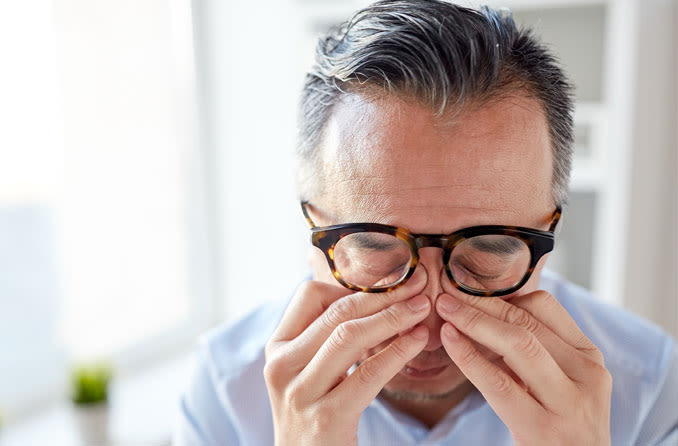
Eye Pain
Why might your eyes hurt? Learn about the causes of different types of eye pain, how to find relief and when to seek medical attention.
Related Articles

Common causes of pain in the eye, with guidance on whether a painful eye needs to be seen by an eye doctor.
All About Vision and AllAboutVision.com are registered trademarks of AAV Media, LLC. © 2000-2025 AAV Media, LLC. The content on this site is for informational purposes only. All About Vision does not provide medical advice, diagnosis or treatment. Contact an eye doctor if you need medical attention.